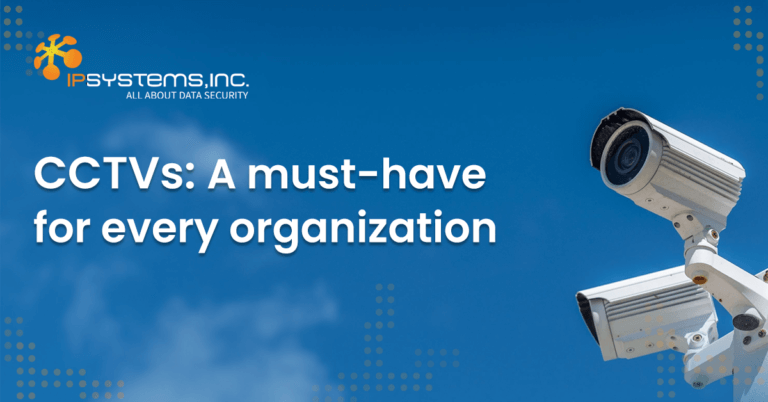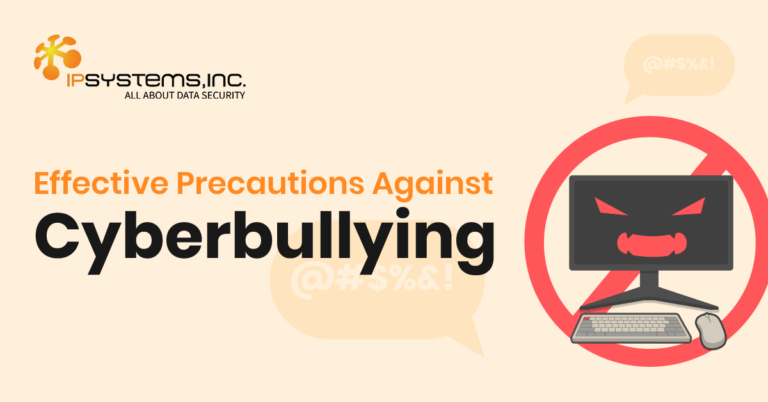
Innovating your Business with Green Data Centers
Blog: Innovating your Business with Green Data Centers Data centers are centralized facilities equipped with essential hardware like servers, storage devices, and networking equipment.

Every year, the number of cyber attacks keep on increasing. In addition to that, the advancements in technology also made the Internet of Things (IoT) much bigger. This made device and network connection much more seamless – but with that ease in getting connected, comes the scourge of making your sensitive data much more vulnerable than ever. This is the reason why businesses are not only concerned with their online security, but they are also looking for ways to strengthen their endpoint protection.
As your company grows, the number of people accessing sensitive information also increases. This means that your endpoints are the most vulnerable area in your organization. An endpoint is defined as an end-user device that has access to your corporate network and data. Endpoints include laptops, desktop computers, tablets, mobile phones, and more.
Endpoint Security is the practice and process of securing all devices that your employees use for work. This also ensures that every equipment follows your policies and reaches your definite level of security standards. To guarantee that your protection is in place, there are endpoint security solutions that enables you to detect, analyze, monitor, and block any kind of cyber threats.
An Endpoint Protection Platform (EPP), or more simply known as an endpoint security solution, can be deployed on-premise or in the cloud. It depends on your organization’s installation preference. EPP’s examine files that enter your network or device, scans them for malware, and flags them if they contain anything suspicious. Advanced endpoint security solutions often use real-time machine learning to help keep your organization safe from even the most sophisticated threats. Here are some examples of complex attacks:
This is an intricate type of malicious software that uses legitimate programs to infect your endpoints. Since there is no specific file, hence the name fileless, it is disguised as a real program and often goes undetected by traditional antivirus software.
This kind of attack happens when cybercriminals notice vulnerabilities caused by newly released software updates. What they do is they write codes to exploit it before developers can even fix the problem. This type of exploitation is nearly impossible to catch in the beginning.
Modified USB ports which contains malware are used for this type of attack. Oftentimes, it can be found in public places, disguised as free charging stations. The goal of this attack is to either install viruses in your device or to copy potentially sensitive data.
Furthermore, an endpoint protection program empowers your IT or security teams to customize your security. You can set policies depending on the employee’s role, their department, and what they need access to. Moreover, your security teams can also monitor and control everything through a centralized dashboard.
An antivirus solution and an endpoint security solution have similarities such as they both recognize and prevent malware; however, they do have their differences. An antivirus or AV program relies on signature-based threat detection and prevention. This means that this program remembers specific malware footprint, pattern, or byte sequence in network traffic, and if detected, the AV shuts it down. Unfortunately, cybercriminals are now using advanced technology for their attacks. This means they are now launching sophisticated malware to infect your organization.
Since there are now more complex forms of viruses, traditional AV software cannot keep up because the signature is new. Additionally, with antivirus solution, support is standardized, leaving little to no room for your IT team to customize.
On the contrary, endpoint security solutions have more cutting-edge features and functionalities which streamlines threat prevention, detection, and response. As mentioned, it provides a centralized management console which allows your IT administrators to keep an eye on your endpoints, track potential problems or suspicious activity, and provide real-time support depending on the device.
Endpoint security solutions can only do so much in your fight against cybercriminals. After you have installed your chosen program, it is up to you and the entire organization to ensure foolproof protection.
You must educate your employees on how to create strong passwords because using passwords like their birthday, cellphone number, marriage date, and more, makes it easy for hackers to guess it. Their passwords should be complex with a mix of numbers, uppercase & lowercase letters, and even special characters. The use of multi-factor authentication, or 2-factor authentication as its most known, must also be implemented to make it harder for hackers to get into your systems.
Teaching your workforce about cybersecurity awareness can improve your security strategy. According to studies conducted by prominent cybersecurity research agencies, a big percentage of breaches happen because of human error. Therefore, if your employees know how to identify threats, they can easily avoid it and report it.
As hackers start to use advanced technologies to launch attacks, it is imperative that you keep everything up to date – from your applications, operating systems, network settings, and more. Vulnerabilities caused by outdated software may be used as gateway of hackers, and newly released updates cover these weak spots.
Data and device security are vital components for your company’s growth and reputation. You need to take measures to ensure that you remain secure from even the most complex forms of attacks. Regardless of your organization’s size, there are several endpoint security solutions available in the market that will fit you.
However, if you are unsure about what solution to get, contact us today or schedule a FREE CONSULTATION with us!



Blog: Innovating your Business with Green Data Centers Data centers are centralized facilities equipped with essential hardware like servers, storage devices, and networking equipment.

Blog: CCTVs: A must-have for every organization Nearly every business and organization, regardless of size, has already implemented CCTV Services within their premises because

Blog: Combating Bullying in Digital Classrooms: Empowering Students for a Safer Learning Environment Bullying is a pervasive issue that inflicts emotional, psychological, and physical